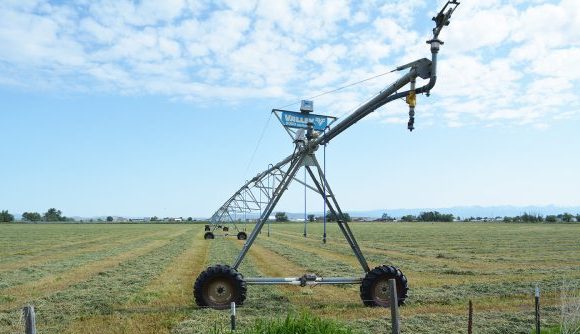Voice of the Chieftain: Report offers economic snapshot, hints to a better future
Published 7:00 am Wednesday, December 14, 2022
A new report probing the socioeconomic status of Eastern Oregon has offered sobering insights into the region — but, also, reasons for hope and, possibly, an early roadmap toward greater economic vitality for the region and for Wallowa County as well.
Dick Mason, a reporter for The Observer in La Grande, had a story about the new report featured on the front page of last week’s Chieftain. If you missed the story, it’s worth a careful read.
As Mason reported, the new report was created in the wake of widespread discontent with the U.S. Forest Service’s revised forest management plan for the Wallowa-Whitman, Umatilla and Malheur national forests. That Blue Mountains Forest Plan drew heavily on a widely panned previous socioeconomic report that failed to include specific information about the region’s counties and communities.
The Forest Service shut down work on the Blue Mountains Forest Plan, but the agency soon will start work on the revision — armed now with a revised, and considerably more detailed, report about the counties and communities that will be impacted by the plan.
The report covers a big geographic area —14 counties in Oregon and Washington with a land area of 46,227 square miles. It’s also a sparsely populated area, with just 11.03 people per square mile. (Only Montana, Wyoming and Alaska have lower population densities.)
This also is a relatively poor area: The report says that if the 10 Eastern Oregon counties in the region were a state, it would rank as the 48th poorest in the United States, with a median household income of $49,853.50, ahead of only Mississippi and West Virginia.
Wallowa County’s median household income of $53,423 as of 2020 is a little higher than the region’s, but there’s a big catch: It isn’t because wages are rising — in fact, average wages per job have dropped from about $40,000 in 1970 to about $30,000 today as jobs in timber and agriculture have given way to lower-paying jobs in tourism and service industries. But Wallowa County is proving to be an attractive location for retirees, and those incomes have boosted the county’s median household income.
The report also says that Wallowa County is unusually susceptible to economic impacts related to changes in Forest Service planning — which makes sense, because Forest Service lands cover 57.1% of the county.
Another economic barrier is that Wallowa County doesn’t have some of the factors that would be economic boosts, such as access to interstate highways or metro areas.
Still, the county has some advantages, including a growing reputation for outstanding tourism and recreation activities and a surprisingly lively economic segment based around the arts (surprising, that is, for people who know little about the county). But the county’s longtime economic pillars could use a boost as well: The report suggests that increasing timber and beef production could help increase the county’s economic resiliency.
The report should be a vital piece of the work to craft an updated forest plan for the Blue Mountains, work that now is two decades overdue. But it also is a document that gives us a vivid snapshot of the economy now in Eastern Oregon — and offers important hints for a better future.
To read the entire Blues Intergovernmental Council Final Socioeconomic Report, go the website https://www.revcenter.org/socioeconomic-analysis and click on the button that says “Read the Report.”









